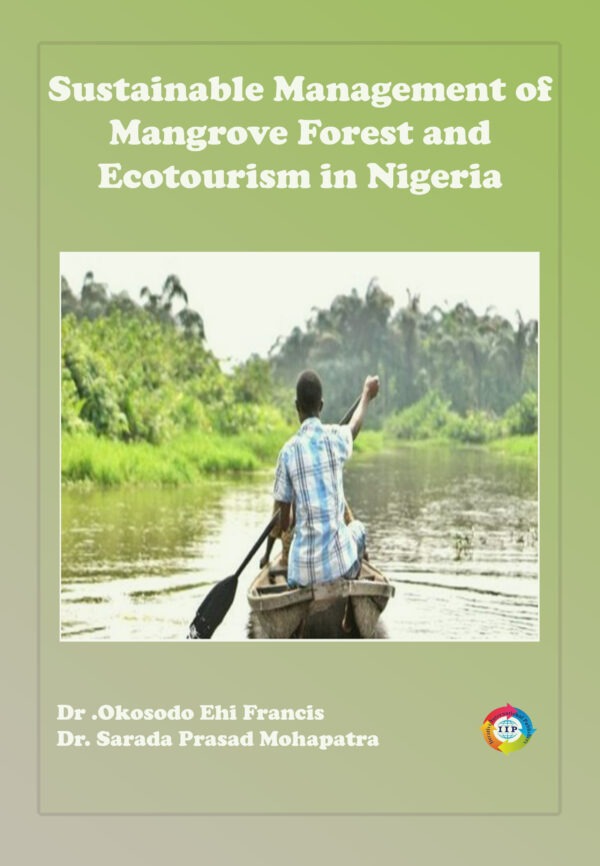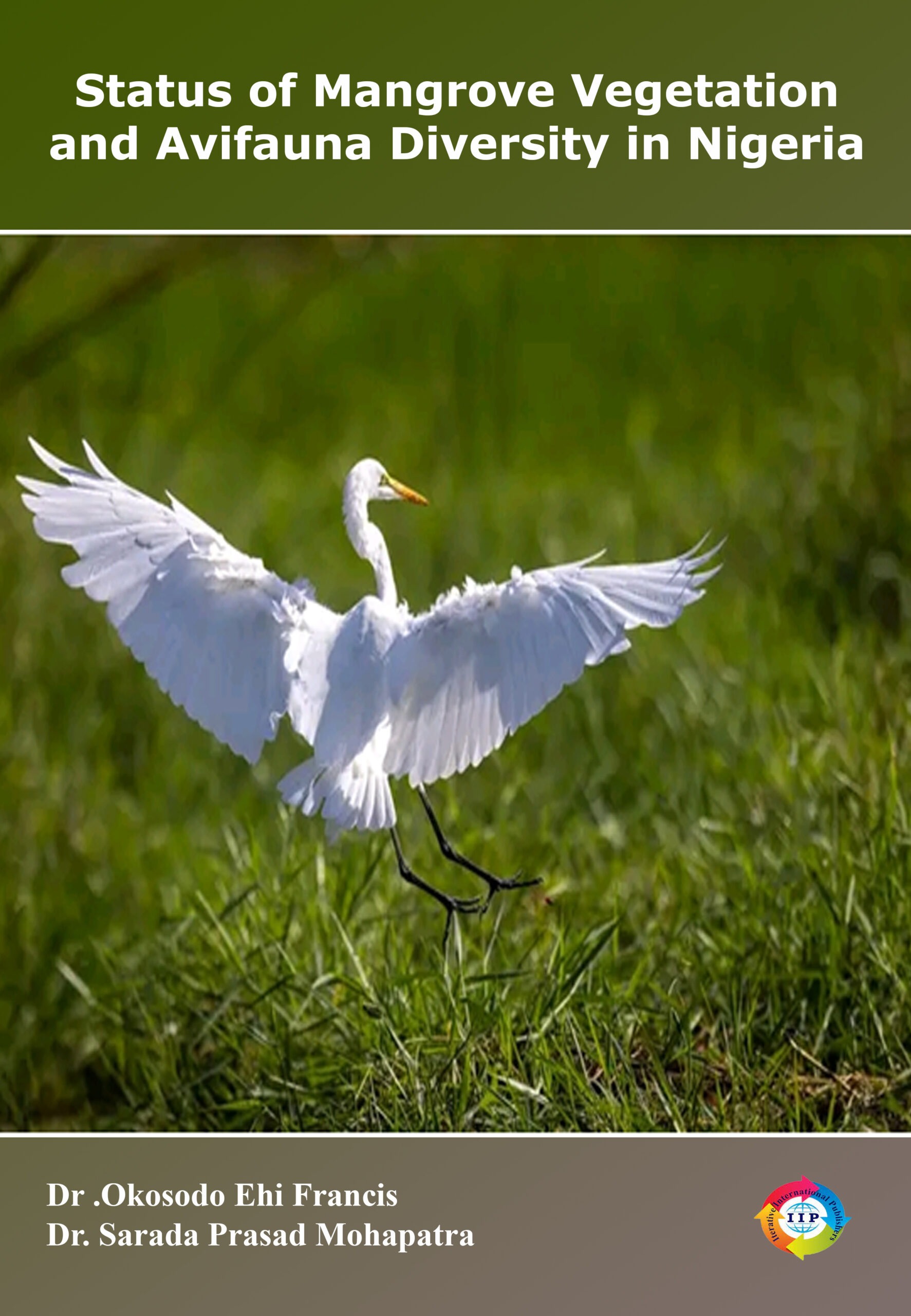“If there are no mangrove forests, then the sea will have no meaning. It is like having a tree with no roots, for the mangroves are the roots of the sea.”
Mangrove forests were once generally dismissed as swampy wastelands. Planners, scientists, and coastal dwellers have now come to value them as the remarkably diverse and important ecosystems they are. Mangroves, seagrass beds, and coral reefs work as a single system that keeps coastal zones healthy. Mangroves provide essential habitat for thousands of species. They also stabilize shorelines, preventing erosion and protecting the land and the people who live there from waves and storms. Mangroves provide ideal breeding grounds for much of the world’s fish, shrimp, crabs, and other shellfish. Many fish species, such as barracuda, tarpon, and snook, find shelter among the mangrove roots as juveniles, head out to forage in the seagrass beds as they grow, and move into the open ocean as adults. An estimated 75 percent of commercially caught fish spend some time in the mangroves or depend on food webs that can be traced back to these coastal forests.











Reviews
There are no reviews yet.